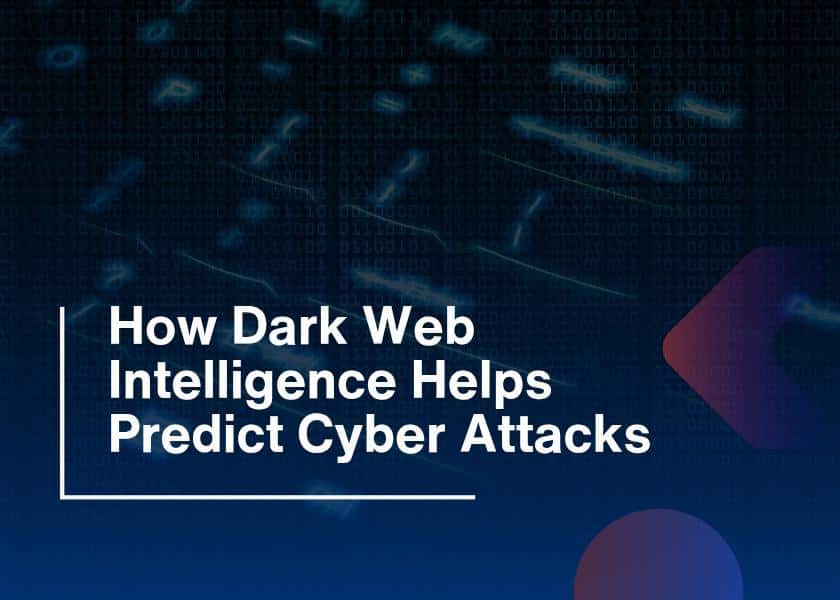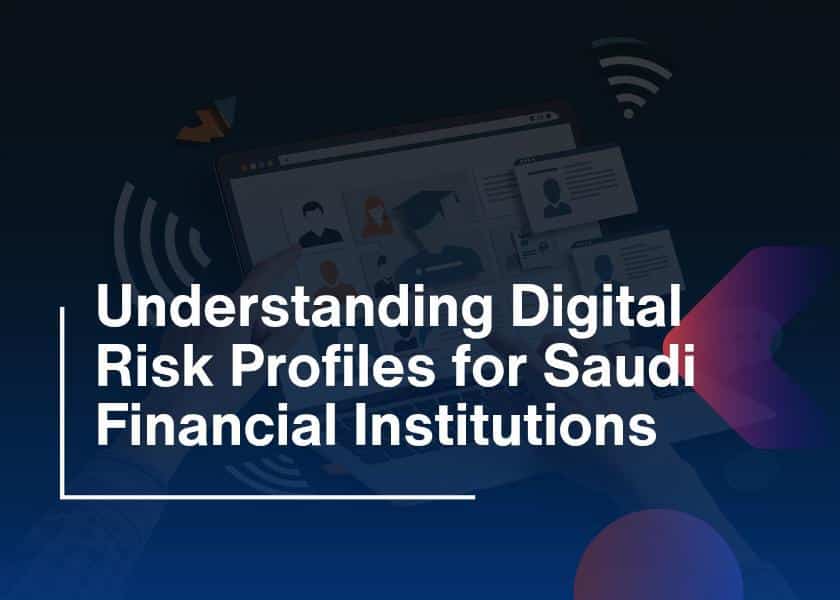In the rapidly evolving digital landscape, the only constant is change. As technology advances, so do the tactics of cybercriminals. Staying ahead of the competition curve is essential to protect your digital assets and maintain business continuity. This blog will explore the ever-evolving landscape of cybersecurity threats and the strategies modern cybersecurity services employ to defend against these emerging risks.
The Evolving Threatscape
Cyber threats are no longer the work of lone hackers in dimly lit basements. Today, they are orchestrated by well-funded criminal organizations and state actors, making them more sophisticated and dangerous than ever before. As we look towards tomorrow, here are some emerging threats that cybersecurity services must prepare for:
AI-Powered Attacks
Today, artificial Intelligence (AI) is not just the latest trend to follow or a tool for cybersecurity; it’s also a potential weapon in the hands of attackers. AI can automate attacks, identify vulnerabilities, and even mimic human behavior to bypass security measures.
Knowing about IoT Vulnerabilities
The Internet of Things (IoT), especially in today’s realm, continues to grow, connecting everything from household appliances to industrial machines. With this growth, the attack surface expands, creating new ways, possibilities, and opportunities for cybercriminals to breach networks and steal sensitive data.
Ransomware 2.0
Ransomware attacks are becoming more targeted and destructive. Attackers are increasingly exfiltration data before encrypting it, making the stakes higher for victims. They also demand larger ransoms, posing a significant financial risk to organizations.
Supply Chain Attacks
Cybercriminals are shifting from directly targeting organizations to compromising their suppliers and partners. This approach allows them to infiltrate networks indirectly, often bypassing traditional security measures.
Cybersecurity Services – Defending Against the Future
Cybersecurity services are evolving and adopting proactive strategies beyond traditional defense mechanisms to counter these emerging threats. Here are the key strategies they employ to defend against tomorrow’s threats. One name that stands tall among all to secure your data against all modern attacks is IT Butler, knowing what to safeguard and how to do it.
Threat Intelligence
Understanding the evolving threat landscape is essential. Cybersecurity services invest heavily in threat intelligence, continuously monitoring and analyzing emerging threats. By staying ahead of attackers in terms of knowledge, they can anticipate and prepare for new attack vectors.
Behavioral Analysis
Traditional signature-based security solutions are less effective against novel attacks. Behavioral analysis, powered by machine learning and AI, allows cybersecurity services to detect anomalies in network behavior and respond in real time to potential threats.
Zero Trust Architecture
The old, run-of-the-mill traditional perimeter-based security model is no longer sufficient. Zero Trust Architecture assumes that threats exist both inside and outside the network. It verifies every user and device and tries to connect seamlessly to the network, regardless of location, before granting access.
Endpoint Detection and Response (EDR)
Endpoints are more vulnerable than ever due to the proliferation of remote work and mobile devices. EDR solutions provide real-time monitoring, threat detection, and automated response capabilities to protect endpoints from evolving threats.
Cloud Security
As organizations migrate to the cloud, securing cloud environments becomes paramount. Cybersecurity services specialize in cloud security to protect data, applications, and infrastructure hosted in cloud platforms from emerging threats.
User Training and Awareness
Human error remains one of the most significant and biggest cybersecurity vulnerabilities. Cybersecurity services provide comprehensive user training, guidance, and various awareness programs to educate employees about the latest threats and how to avoid falling victim to them.
Incident Response Plans
Preparing for a cyber-incident is as crucial as preventing one. Cybersecurity services help organizations develop and test incident response plans to decrease the impact of a breach and ensure a swift recovery.
Compliance and Regulations
Cybersecurity services stay up-to-date with evolving regulations and compliance requirements. They help organizations navigate the complex data protection landscape with its sophisticated laws and ensure they remain compliant.
The Future of Cybersecurity
Cybersecurity is an ever-evolving field, and tomorrow’s threats will undoubtedly differ from those we face today. To defend against these emerging risks, organizations must invest in cutting-edge cybersecurity services that employ proactive strategies, threat intelligence, and advanced technologies.
The fight against cyber threats is a perpetual arms race. Cybersecurity services understand that their adversaries are constantly evolving, so they must also evolve. They invest heavily in research and development to create new tools and strategies to anticipate and counter emerging threats.
Machine Learning and AI
Artificial intelligence, Blockchain, Internet of Things (IoT), and machine learning are not just mere search or buzzwords; they are game-changers. These technologies can analyze huge amounts of data in real time, identifying patterns and anomalies that would be impossible for humans to detect. They also power predictive analytics, which can anticipate potential threats based on historical data.
Blockchain for Security
Blockchain technology, known for its role in cryptocurrencies, is finding applications in cybersecurity. Its immutable ledger can secure data, transactions, and identities. Some cybersecurity services are exploring Blockchain to enhance security and data integrity.
Quantum-Safe Encryption
Quantum computing has a huge potential to break existing encryption methods. In anticipation of this threat, cybersecurity services are working on quantum-safe encryption algorithms to ensure that data remains secure even in a post-quantum computing world.
Collaboration and Information Sharing
Geographical boundaries or industry sectors do not limit cyber threats. Cybersecurity services recognize the importance of collaboration and information sharing. They actively participate in global cybersecurity alliances and share threat intelligence with peers, law enforcement agencies, and relevant authorities.
Consumer Awareness and Education
As individuals become more interconnected, they become more susceptible to cyber threats. Cybersecurity services extend their educational efforts to the general public, providing tips on safe online practices, recognizing phishing attempts, and securing personal devices.
Government and Industry Regulations
Governments and industry regulators are becoming more proactive in setting cybersecurity standards. Cybersecurity services work closely with organizations to ensure compliance with these regulations, helping them avoid legal and financial consequences.
Conclusion – Moving Towards a Resilient Future with IT Butler
The evolving threat landscape demands a proactive and dynamic approach to cybersecurity. Cybersecurity services are not just protectors but innovators, continually adapting to stay ahead of emerging threats. IT Butler is building a more resilient digital future with the right strategies, technologies, and collaborations.
To safeguard your organization against tomorrow’s threats, partnering with a cybersecurity service that understands the evolving nature of cyber risks is essential. By investing in cutting-edge solutions and adopting a proactive mindset, you can confidently navigate the ever-changing cybersecurity landscape. After all, the best defense against tomorrow’s threats is to be one step ahead today.





